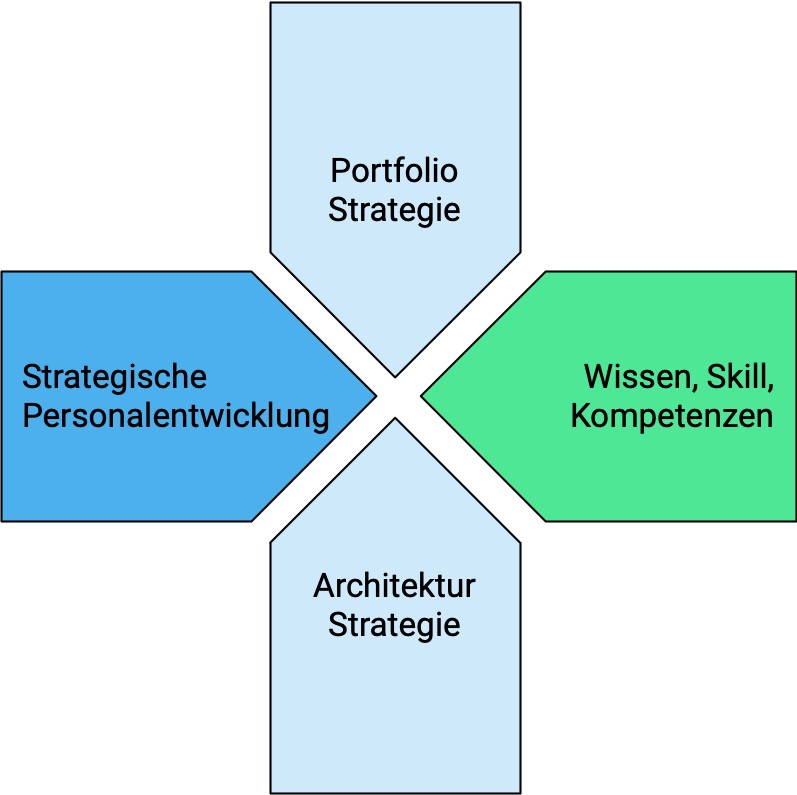Learning Journeys
What are learning journeys?
Learning is much more than attending a training.
When personal and organizational growth is viewed from the perspective of the learner(s), the focus shifts dramatically.
- Learning is working and working is learning. The idea of the learning organization must permeate all activities: from retrospectives to career planning, from product reviews to emergent strategy.
- Learning objectives become more differentiated: at the beginning of a learning journey knowledge is gathered, with practice and exchange with other practitioners competence is acquired and new practices are tried out. Learning needs change with competence as in the SHU-HA-RI model.
- Each:r learns differently and according to their own path. The Cologne people say “every Jeck is’ different”, people are different. Likewise, there are different learning types, levels of competence, life and work situations, job requirements, colleagues, and many other parameters that influence how one acquires skills and becomes competent.
Learning becomes modular
- Typical scenarios for motivated entry.
- Learning journeys as guided curricula with defined content as eLearning formats, oriented to the qualification portfolio of the DACH30 exchange group.
- Maps and reference models provide overview of related information
- On every trip there is a need for refreshment points. These are our Tapas – compact and concentrated the most important.
Competence: knowledge, skill, mastery
Competence comes in different forms and changes with experience.
At the beginning of the journey, the focus is on knowledge building. I need guidance, as training or companionship. Guidance for action, knowledge of methods and practical tips are more useful to me than the big picture.
With experience, my focus shifts from trainings to workshops or “base camps”, from guided formats to more self-study and specific practical knowledge about my tasks.
The more confident I become, the more I benefit from the exchange with my “peers” and from the expansion of my experiences. I choose new content very individually and use it more and more as a source of ideas.
I plan my learning journey
When planning my learning journey, I consider the context for optimal career planning:
- What are my interests? This is a very personal question – but if I don’t have any experience with agile working, I might be able to get some
Orientation course
gain more clarity. - What role do I see for myself? Lean-agile organizations typically have a different structure and therefore different roles than traditional ones. I decide,
What role
I aspire to. - Where do I stand – in terms of experience in the relevant area and role. We use the outline
SHU-HA-RI
. It depends on what mix of forms of knowledge acquisition is optimal for me. At the beginning of my journey I need more structure, as I progress I create my own structure.
Maybe one of our offers is something for you.
Career plan and personnel development
Learning journeys have two addressees: the learners and the company
on the part of the learner is the focus:
Building knowledge, skill, competencies
- Pursue interests and inclinations
- Career Planning
- improve personal chances on the labor market
from the company is important:
Strategic personnel development
- Building the right mix of competencies, strategic personnel development
- Securing the implementation of the strategy
- Alignment with portfolio and technology competence

Learning journeys in an organizational context
Knowledge, skills, competencies of employees are a key element of the company’s ability to operate successfully in the market.
The composition and shaping of these competencies, i.e. strategic personnel development is deeply integrated into the development of the organization as a whole:

